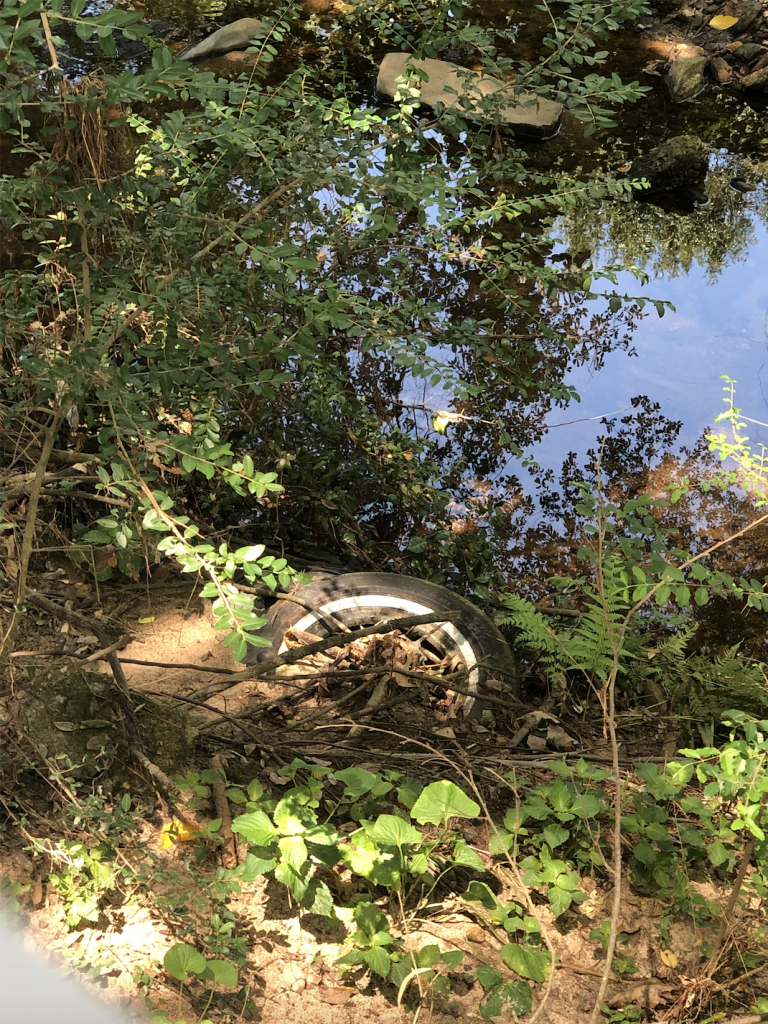Do you know a family member, friend, or mutual friend who has been affected by prostate cancer? Chances are, you do. Studies show that about 1 in 9 men will develop prostate cancer throughout their lifetime. This results in it being the second leading cause of cancer death for men in the United States. Although it is dangerous, the five-year survival rate of prostate cancer is almost 100%, and more than 60% of people diagnosed with prostate cancer are over 65 years old. If the cancer has spread to other parts of the body, however, the five-year survival rate is closer to 30%.
There are three genes that are primarily associated with prostate cancer: BRCA1, BRCA2, and HOXB13. Mutations to these genes are what can cause prostate cancer. These mutations are inherited in an autosomal dominant fashion, which means that if one of the parents has the mutated gene, then there is a 50% chance that the child will have the mutated gene. Having the mutation does not guarantee inheriting prostate cancer, but it does increase the likelihood.
BRCA1 and BRCA2 function to produce proteins that fix damaged DNA and prevent cells from growing and dividing more than normal. When these genes are mutated, it can disable the functionality of these proteins which leads to cells quickly developing and growing, resulting in a tumor. HOXB13 causes the production of proteins that bind to DNA and regulate the production of other genes and also acts as a tumor suppressor. When this gene is mutated, it can cause the same effect as when the BRCA1 and BRCA2 gene are mutated.

Due to rapid progressions in technology, genetic testing is becoming more and more common. People may want to have their BRCA1, BRCA2, and HOXB13 genes tested in order to see if there are mutations that could make them more at risk for cancer. Testing for mutations in these genes can help individuals and families in several ways. If the test results in no genetic mutations, families can be granted the peace of mind that the individual who was tested is at a very low risk of developing cancer. If the test comes back positive for genetic mutations, individuals and families can proceed with caution and check in more with their doctor to ensure that if they do end up having cancer, they can catch it early on and minimize risk. One downside of testing is that if there are genetic mutations, it does not guarantee concluding in cancer. This can cause unnecessary stress for families worried about a member getting cancer later on in life.
The most recommended test for prostate cancer is the PCR with allele specification hybridization testing. For only around $25, someone can find out if they have a mutation in one of those genes. The problem with this test is that only around 10% of men with stage four prostate cancer will test positive for this gene. This makes it harder to justify getting the test because you have to interpret the results with a grain of salt. One reason why it might be important to get tested is because prostate cancer is not only hereditary, so someone might think because of a clean family history they are not at risk, but in reality, they should still be cautious.
With men in general having a 1 in 9 chance to have prostate cancer, that number jumps down to 1 in 5 if someone in your family has had prostate cancer. This encourages individuals with a family history of prostate cancer to get tested for the genetic mutations. One issue with the genetic mutations is that mutations in BRCA1 and BRCA2 doesn’t necessarily mean prostate cancer. These genes have also been linked with cancers such as breast cancer. Although it may not specify which type of cancer, it can still be vitally important to understand that you are at a higher risk in general of any type of cancer by having mutations in these genes.
Although genetic testing seems like only a good thing, there are also some cons to it. When testing for these mutations, some results turn up uncertain. This means that you would have wasted time and money to get no valuable answers. The biggest problem with genetic testing for prostate cancer is if the results come back displaying no variations in genes. Having no variations does not make you immune to cancer. Your chances of having cancer without these mutations are lower, but they still exist. Receiving the results of no genetic mutations can give someone a false sense of hope of not having cancer, which can lead to finding out one has cancer later than desired. The post from Virginia Oncology Associates does a great job of clarifying the pros/cons and risks/rewards of genetic testing in general [https://virginiacancer.com/treatments-services/services/genetic-testing/advantages-disadvantages-of-genetic-testing/].
If you do test positive for these genetic mutations, it is recommended to consult with your doctor. The first thing that you should do is make lifestyle changes if necessary. Exercising, eating healthy, not smoking, and other good lifestyle choices can reduce the risk of developing prostate cancer. Avoiding high-fat and high-dairy meals while accompanying fruits and vegetables with every entree is the best diet to minimize risk of prostate cancer. Another common next step is to perform a prostate specific antigen blood test, which will indicate essentially how likely you are to have prostate cancer. Depending on the results from this blood test, your doctor may or may not recommend further testing.
With all of this information in mind, remember that it is always a good idea to be proactive when it comes to your health. Whether or not you choose to undergo genetic testing, a healthy lifestyle is the best way to take care of your body.
Work Cited
Facing Our Risk Of Cancer Empowered. (2017, August 11). Who Should Consider Testing? https://www.facingourrisk.org/understanding-brca-and- hboc/information/hereditarycancer/decision_making_testing/basics/genetic-testing-prostate-cancer.php
Genetic Testing Registry. (2018, July 3). Prostate Cancer. https://www.ncbi.nlm.nih.gov/gtr/tests/510771/
Genetics Home Reference. (2015, April). HOXB13 Gene. https://ghr.nlm.nih.gov/gene/HOXB13
Genetics Home Reference. (2015, April). Prostate Cancer. https://ghr.nlm.nih.gov/condition/prostate-cancer#diagnosis
SNPedia. (2016, June 14). Prostate Cancer. https://www.snpedia.com/index.php/Prostate_cancer
Urology Care Foundation. (2018). Genetic Testing For Prostate Cancer: What You Should Know. https://www.urologyhealth.org/patient-magazine/magazine-archives/2018/fall-2018/genetic-testing-for-prostate-cancer-what-you-should-know



